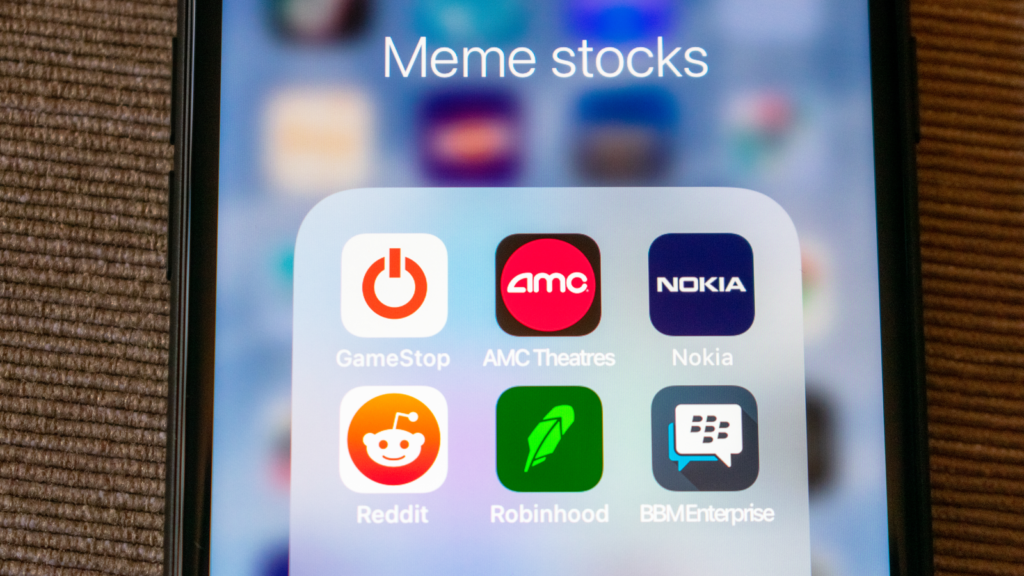The markets went through a phase where it was easy to make money. With macroeconomic and geopolitical headwinds, we are now in a phase where stringent stock screening is needed. There will always be money-making opportunities, but investors must avoid purely speculative bets. In this column, I focus on the meme stocks to sell.
An important aspect I have used to screen the stocks to sell is the absence of positive growth catalysts. Further, the meme stocks to sell represent companies with weak fundamentals. It’s worth noting that these ideas are already in a downtrend. However, investors must avoid assuming the stock is oversold and a value pick.
The likelihood of a meme euphoria like 2021 is bleak, implying that purely speculative ideas will not surge higher. I would instead focus on high-quality growth stocks for the portfolio. Let’s, therefore, discuss three fundamentally weak stocks to sell.
These are the meme stocks to sell, representing companies with weak fundamentals and the absence of growth triggers.
Lucid Group (LCID)

Lucid Group (NASDAQ:LCID) stock has plunged 54% in the last 12 months due to weak sales and cash burn. While LCID stock has witnessed some rally recently, I believe it’s an opportunity to sell.
Recently, Lucid announced a funding commitment of $1.5 billion from Ayar Third Investment Company. Further, the company ended Q2 2024 with a liquidity buffer of $4.28 billion. However, a strong cash buffer is not reason enough to be bullish on Lucid.
It’s worth noting that Lucid reported an operating loss of $1.5 billion for the first six months of 2024. For the same period, cash used in operations was $1 billion.
With delivery growth remaining sluggish, it’s unlikely that cash burn will decline significantly. I would not be surprised if Lucid needed to infuse further liquidity in the next 18 to 24 months. Considering the intense industry competition, I would avoid LCID stock.
GameStop (GME)

GameStop (NYSE:GME) stock has already witnessed two major rallies in 2024, followed by a sharp correction. With weak fundamentals, it’s best to stay away from GME stock. The stock can plunge if the broader markets correct by 5% or 10%, as it’s a purely speculative bet.
From a fundamental perspective, there seems to be no catalyst for considering exposure to GME stock. For Q1 2024, the company reported a sharp decline in revenue year-on-year to $882 million. Coupled with the decrease in revenue, adjusted EBITDA losses also widened marginally on a year-on-year basis. Further, cash used in operations was $110 million.
It’s worth noting that GameStop ended the quarter with a cash buffer of $1.1 billion. Utilizing the cash remains the key. However, with sustained cash burn, I am not optimistic, and macroeconomic headwinds will likely ensure revenue de-growth continues.
ChargePoint Holdings (CHPT)

ChargePoint Holdings (NYSE:CHPT) stock has plunged by 77% in the last 12 months. Even after the big correction, I remain bearish on CHPT stock. I would not be surprised if there is another 30% to 40% correction from current levels in the next 12 months.
There are two major negatives related to the company. First, ChargePoint reported revenue de-growth for Q1 2024 to $107 million. This is the second consecutive quarter of revenue decline and is a matter of concern.
Further, the EV charging company reported an operating loss of $67 million for Q1. As a percentage of revenue, operating losses have widened. The markets would have remained optimistic if revenue de-growth was associated with significant margin expansion. However, the current scenario is alarming and there are better EV charging stocks from an investment perspective.
On the date of publication, Faisal Humayun did not hold (either directly or indirectly) any positions in the securities mentioned in this article. The opinions expressed in this article are those of the writer, subject to the InvestorPlace.com Publishing Guidelines.
On the date of publication, the responsible editor did not have (either directly or indirectly) any positions in the securities mentioned in this article.
